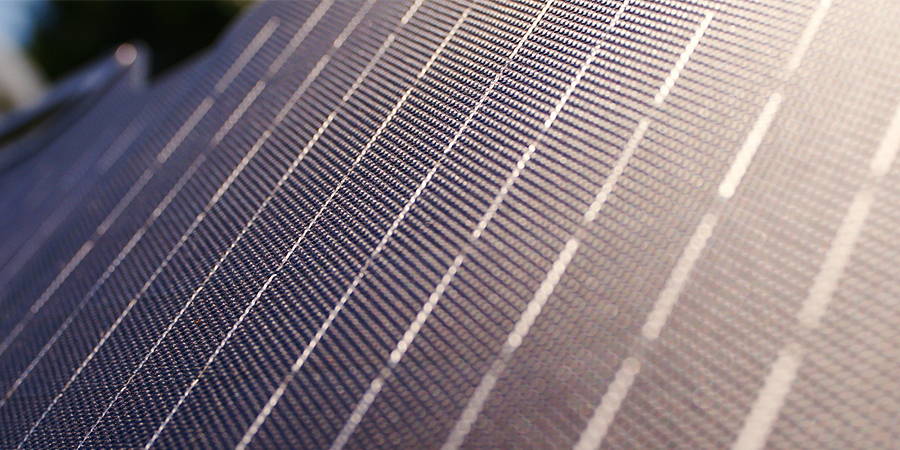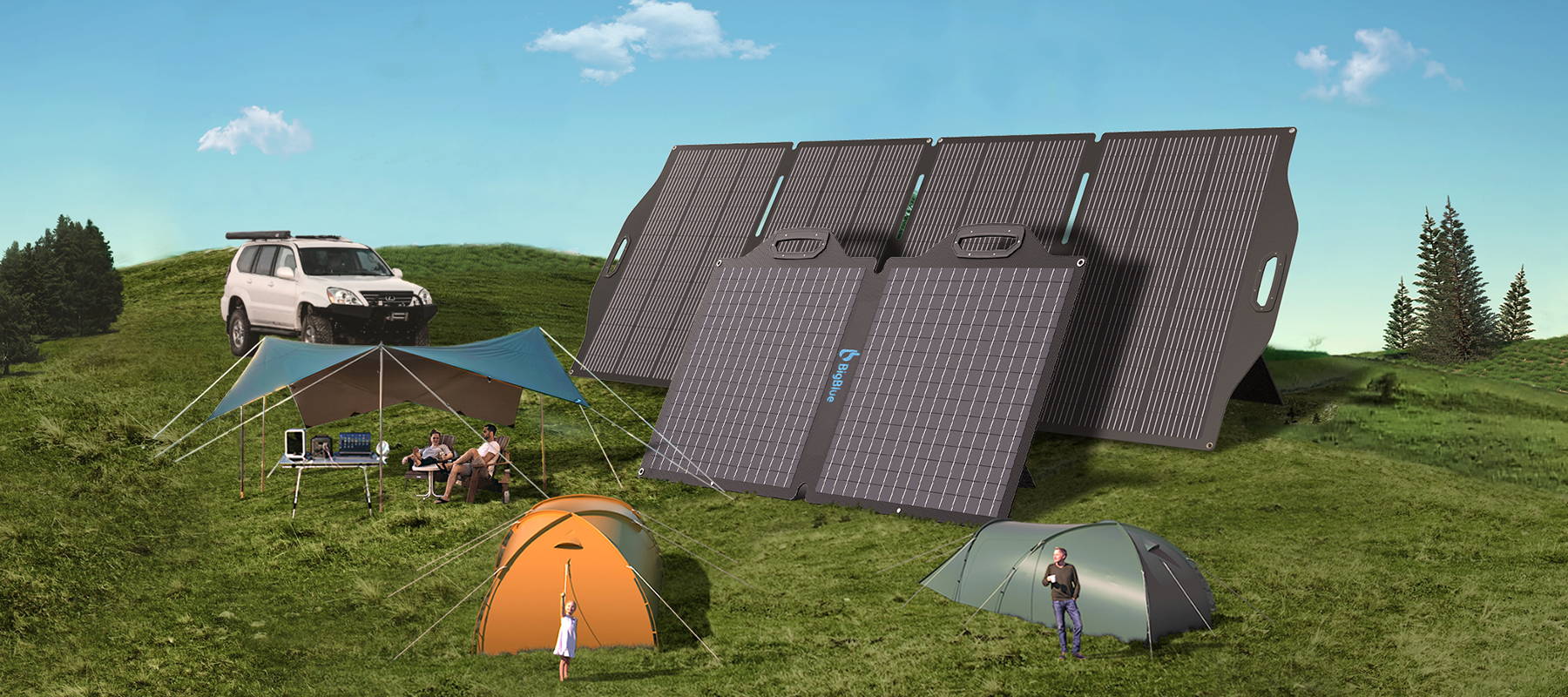
1. What is a solar cell (PV cell)?
Subscribe
To join our mailing list and never miss a BigBlue technology update!
2. How do solar cells convert solar energy into electricity?
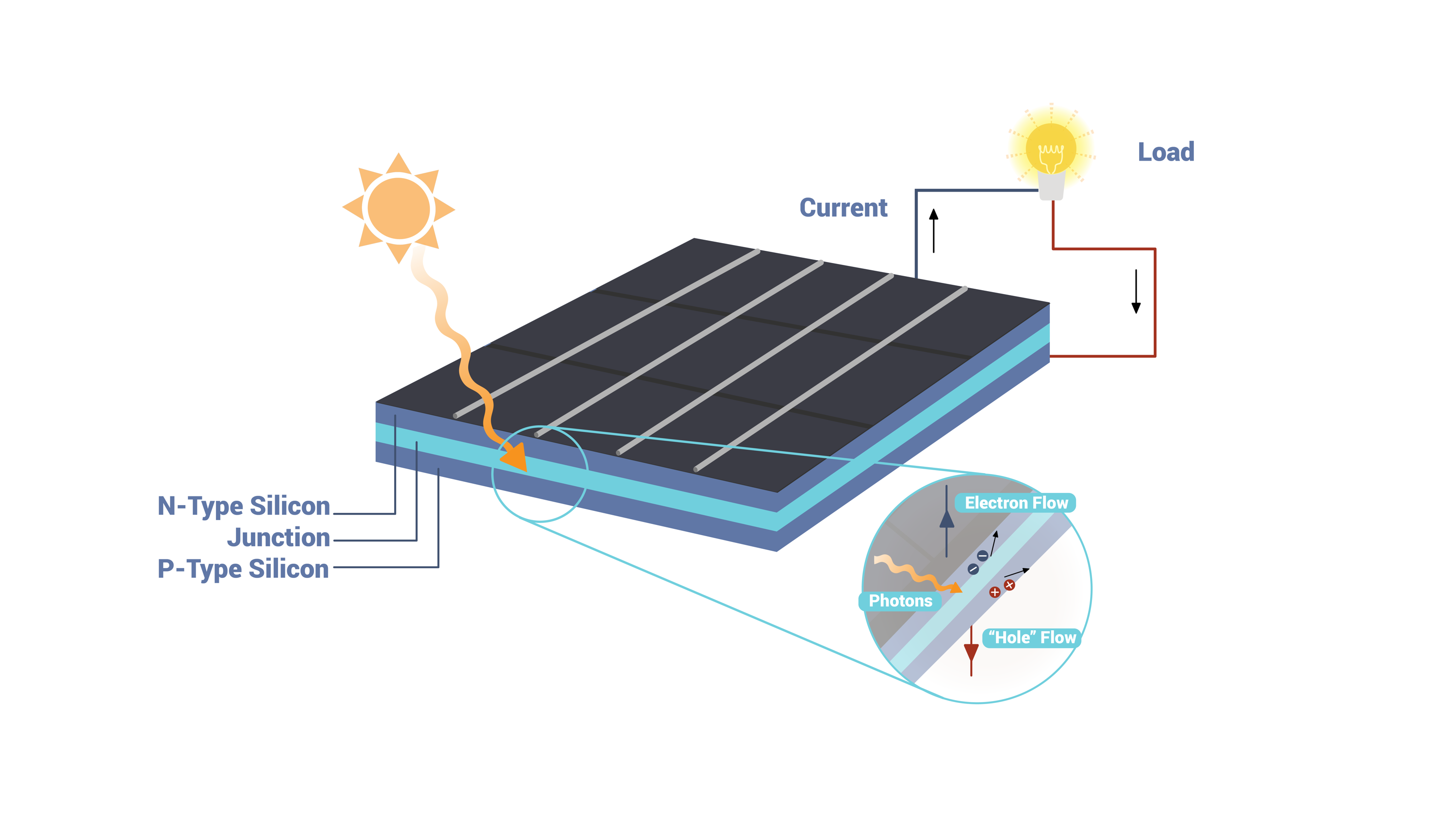
Media News
May 28th, 2022
Trending Articles
June 06th, 2022
October 14th, 2022
3. The development of solar cells
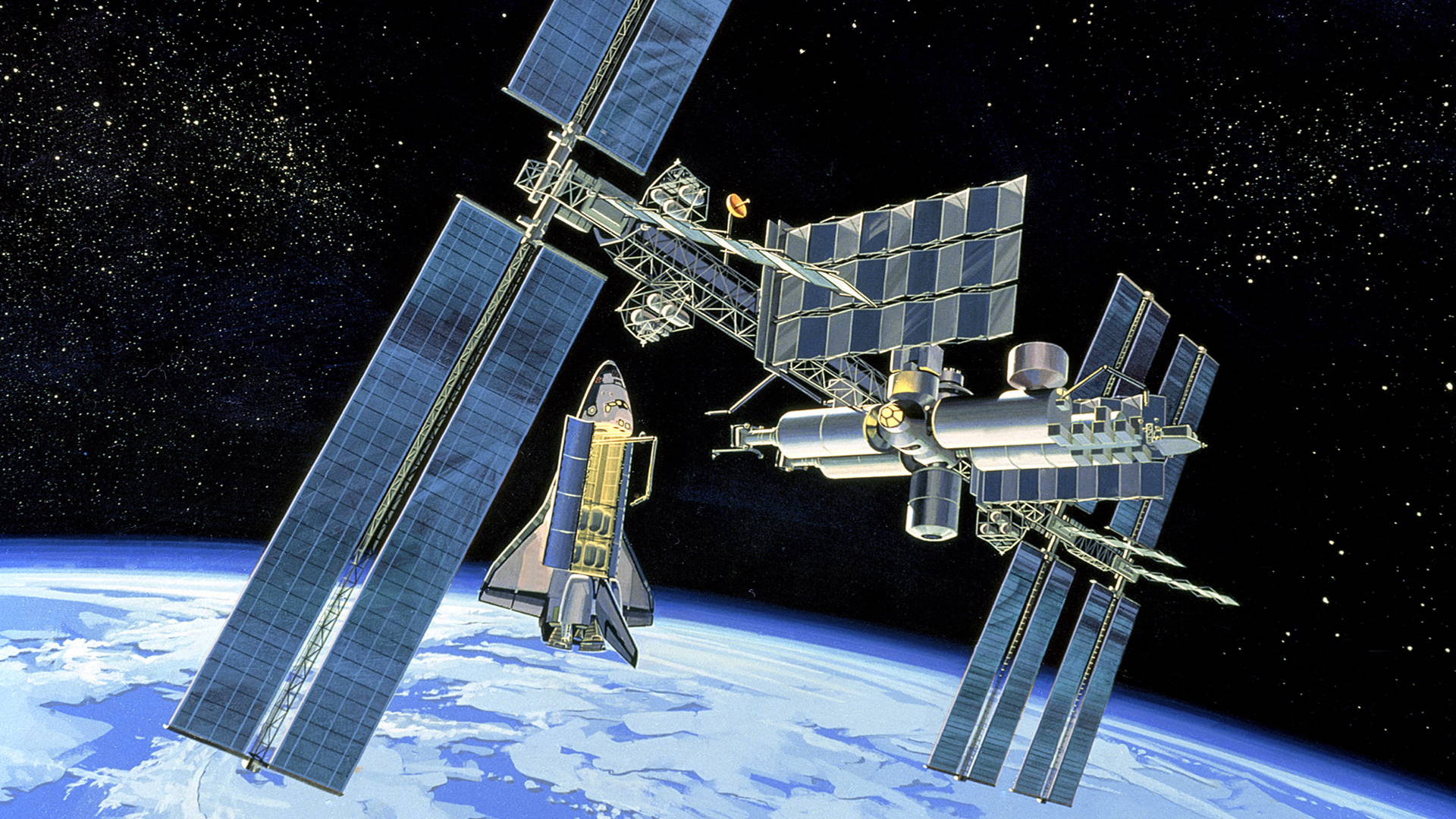
The global oil crisis of the early 1970s promoted the development of renewable energy sources. The solar panel became more widely used on Earth. Since the first test flight of the world's first solar-powered plane was completed successfully in the United States in 1974, it has set off a wave of research on solar-powered planes. Solar cells developed rapidly since then.
As technology developed, the photoelectric conversion efficiency of solar cells was improved and the cost was greatly reduced. At present, the development and application of solar cells gradually enter the stage of commercialization and industrialization.
4. Application of solar panels
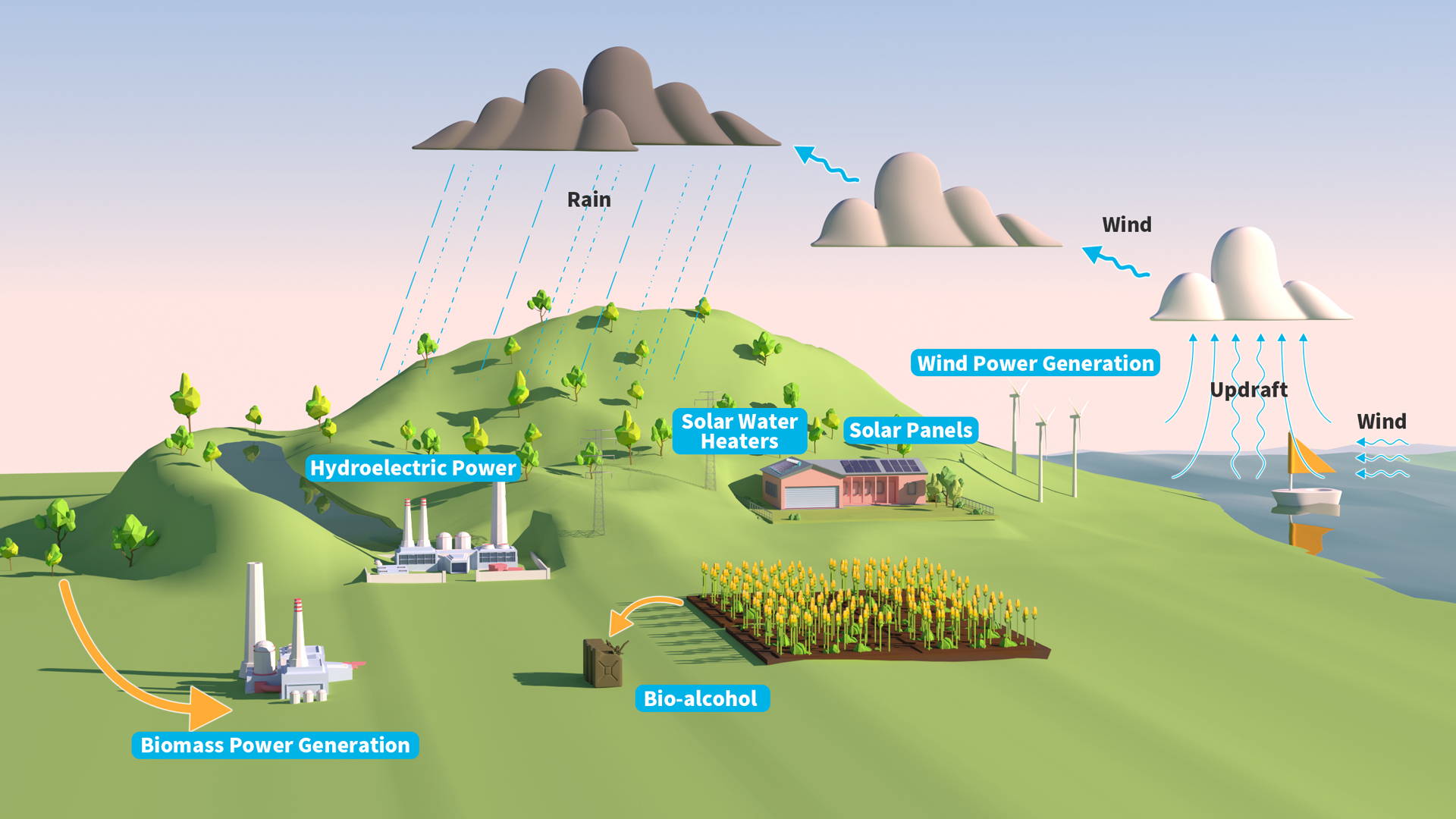
Solar panels have been widely used in our daily production and lives. Using solar panels to power appliances in places far from power grids is a great way to conserve energy and save on your electric bill.
In many countries, people have installed solar panels on their roofs and are equipped with rechargeable batteries to power household appliances. In Japan, solar cells were used in civilian industries such as automatic ventilation and air-conditioning equipment for automobiles.
BigBlue is committed to the research and development of solar panels in the consumer field to solve the problem of electricity consumption in people's off-grid life. BigBlue portable solar panels have the advantages of small size and light weight, and are widely used in camping, RV travel and more. Learn more >






